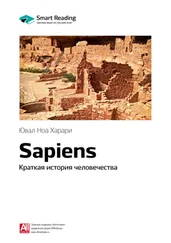Signed, Kushim
Writing is a method for storing information through material signs. The Sumerian writing system did so by combining two types of signs, which were pressed in clay tablets. One type of signs represented numbers. There were signs for 1, 10, 60, 600, 3,600 and 36,000. (The Sumerians used a combination of base-6 and base-10 numeral systems. Their base-6 system bestowed on us several important legacies, such as the division of the day into twenty-four hours and of the circle into 360 degrees.) The other type of signs represented people, animals, merchandise, territories, dates and so forth. By combining both types of signs the Sumerians were able to preserve far more data than any human brain could remember or any DNA chain could encode.
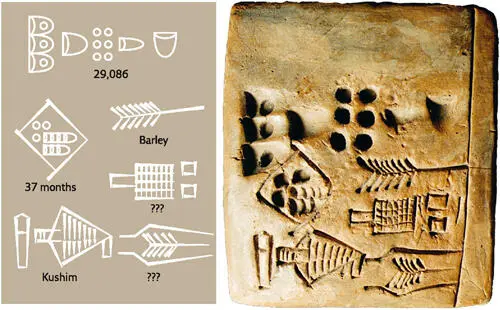
19. A clay tablet with an administrative text from the city of Uruk, c .3400–3000 BC. ‘Kushim’ may be the generic title of an officeholder, or the name of a particular individual. If Kushim was indeed a person, he may be the first individual in history whose name is known to us! All the names applied earlier in human history – the Neanderthals, the Natufians, Chauvet Cave, Göbekli Tepe – are modern inventions. We have no idea what the builders of Göbekli Tepe actually called the place. With the appearance of writing, we are beginning to hear history through the ears of its protagonists. When Kushim’s neighbours called out to him, they might really have shouted ‘Kushim!’ It is telling that the first recorded name in history belongs to an accountant, rather than a prophet, a poet or a great conqueror. 1
At this early stage, writing was limited to facts and figures. The great Sumerian novel, if there ever was one, was never committed to clay tablets. Writing was time-consuming and the reading public tiny, so no one saw any reason to use it for anything other than essential record-keeping. If we look for the first words of wisdom reaching us from our ancestors, 5,000 years ago, we’re in for a big disappointment. The earliest messages our ancestors have left us read, for example, ‘29,086 measures barley 37 months Kushim.’ The most probable reading of this sentence is: ‘A total of 29,086 measures of barley were received over the course of 37 months. Signed, Kushim.’ Alas, the first texts of history contain no philosophical insights, no poetry, legends, laws, or even royal triumphs. They are humdrum economic documents, recording the payment of taxes, the accumulation of debts and the ownership of property.
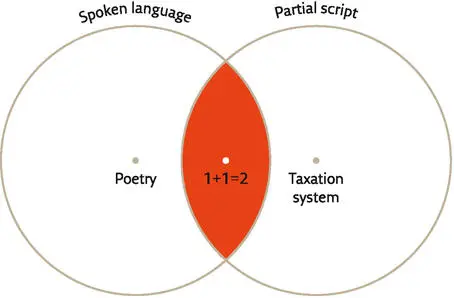
Partial script cannot express the entire spectrum of a spoken language, but it can express things that fall outside the scope of spoken language. Partial scripts such as the Sumerian and mathematical scripts cannot be used to write poetry, but they can keep tax accounts very effectively.
Only one other type of text survived from these ancient days, and it is even less exciting: lists of words, copied over and over again by apprentice scribes as training exercises. Even had a bored student wanted to write out some of his poems instead of copy a bill of sale, he could not have done so. The earliest Sumerian writing was a partial rather than a full script. Full script is a system of material signs that can represent spoken language more or less completely. It can therefore express everything people can say, including poetry. Partial script, on the other hand, is a system of material signs that can represent only particular types of information, belonging to a limited field of activity. Latin script, ancient Egyptian hieroglyphics and Braille are full scripts. You can use them to write tax registers, love poems, history books, food recipes and business law. In contrast, the earliest Sumerian script, like modern mathematical symbols and musical notation, are partial scripts. You can use mathematical script to make calculations, but you cannot use it to write love poems.
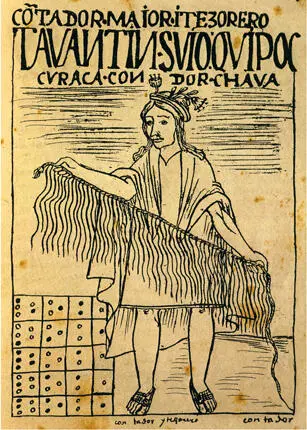
20. A man holding a quipu, as depicted in a Spanish manuscript following the fall of the Inca Empire.
It didn’t disturb the Sumerians that their script was ill-suited for writing poetry. They didn’t invent it in order to copy spoken language, but rather to do things that spoken language failed at. There were some cultures, such as those of the pre-Columbian Andes, which used only partial scripts throughout their entire histories, unfazed by their scripts’ limitations and feeling no need for a full version. Andean script was very different from its Sumerian counterpart. In fact, it was so different that many people would argue it wasn’t a script at all. It was not written on clay tablets or pieces of paper. Rather, it was written by tying knots on colourful cords called quipus. Each quipu consisted of many cords of different colours, made of wool or cotton. On each cord, several knots were tied in different places. A single quipu could contain hundreds of cords and thousands of knots. By combining different knots on different cords with different colours, it was possible to record large amounts of mathematical data relating to, for example, tax collection and property ownership. 2
For hundreds, perhaps thousands of years, quipus were essential to the business of cities, kingdoms and empires. 3They reached their full potential under the Inca Empire, which ruled 10–12 million people and covered today’s Peru, Ecuador and Bolivia, as well as chunks of Chile, Argentina and Colombia. Thanks to quipus, the Incas could save and process large amounts of data, without which they would not have been able to maintain the complex administrative machinery that an empire of that size requires.
In fact, quipus were so effective and accurate that in the early years following the Spanish conquest of South America, the Spaniards themselves employed quipus in the work of administering their new empire. The problem was that the Spaniards did not themselves know how to record and read quipus, making them dependent on local professionals. The continent’s new rulers realised that this placed them in a tenuous position – the native quipu experts could easily mislead and cheat their overlords. So once Spain’s dominion was more firmly established, quipus were phased out and the new empire’s records were kept entirely in Latin script and numerals. Very few quipus survived the Spanish occupation, and most of those remaining are undecipherable, since, unfortunately, the art of reading quipus has been lost.
The Wonders of Bureaucracy
The Mesopotamians eventually started to want to write down things other than monotonous mathematical data. Between 3000 BC and 2500 BC more and more signs were added to the Sumerian system, gradually transforming it into a full script that we today call cuneiform. By 2500 BC, kings were using cuneiform to issue decrees, priests were using it to record oracles, and less exalted citizens were using it to write personal letters. At roughly the same time, Egyptians developed another full script known as hieroglyphics. Other full scripts were developed in China around 1200 BC and in Central America around 1000–500 BC.
From these initial centres, full scripts spread far and wide, taking on various new forms and novel tasks. People began to write poetry, history books, romances, dramas, prophecies and cookbooks. Yet writing’s most important task continued to be the storage of reams of mathematical data, and that task remained the prerogative of partial script. The Hebrew Bible, the Greek Iliad , the Hindu Mahabharata and the Buddhist Tipitika all began as oral works. For many generations they were transmitted orally and would have lived on even had writing never been invented. But tax registries and complex bureaucracies were born together with partial script, and the two remain inexorably linked to this day like Siamese twins – think of the cryptic entries in computerised data bases and spreadsheets.
Читать дальше
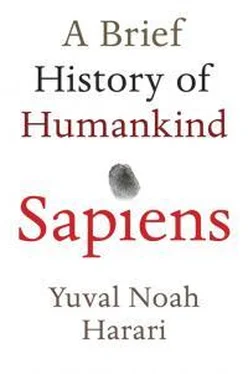





![Юваль Ной Харари - Sapiens. Краткая история человечества [litres]](/books/34310/yuval-noj-harari-sapiens-kratkaya-istoriya-cheloveche-thumb.webp)
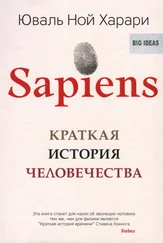


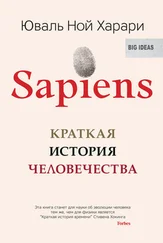

![Юваль Ной Харари - 21 урок для XXI века [Версия с комментированными отличиями перевода]](/books/412481/yuval-noj-harari-21-urok-dlya-xxi-veka-versiya-s-ko-thumb.webp)


